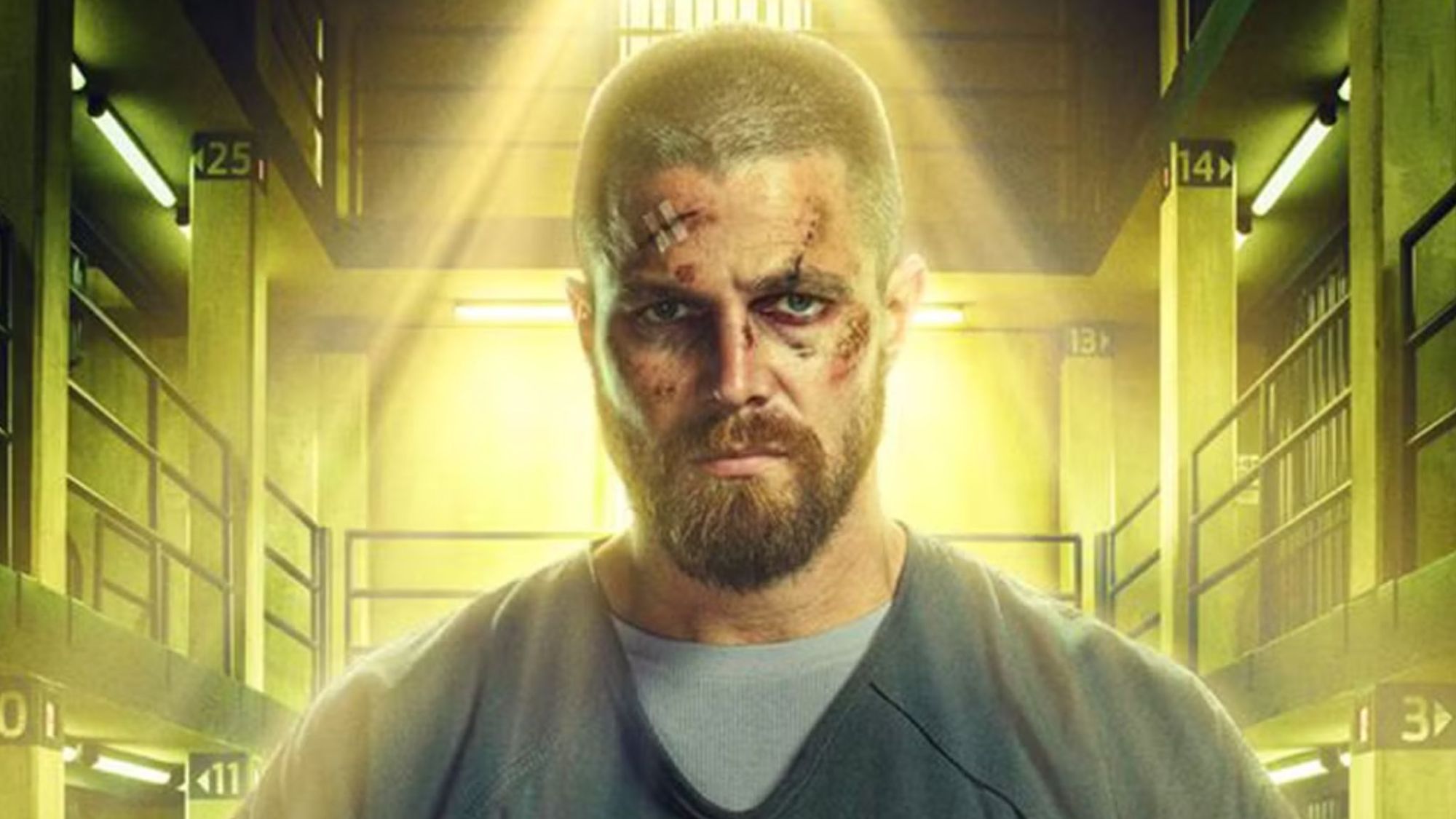For the most part, the Arrowverse and DC’s films tried to stay in their own lanes. Despite appearing on Arrow, the Suicide Squad took a backseat when the David Ayer-directed film hit theaters, with Deadshot even biting it around the same time Will Smith landed the role in the DC Extended Universe. It’s a shame because it felt like the Arrowverse was getting the short end of the stick despite finding plenty of success on the small screen. However, The CW’s superhero franchise did pull one over on DC’s movie division by adapting a story from a project that never got to see the light of day.
In the early 2000s, DC was looking to bring more of its heroes to the big screen to help out Batman and Superman. One of the characters the powers that be had their eyes on was Green Arrow, who had only appeared in live-action in Smallville. A story was developed, but it ended up being scrapped and repurposed for The CW’s Arrow.
David S. Goyer, best known for his work on the Blade trilogy, and Justin Marks cooked up a script for a movie called Green Arrow: Escape From Super Max, which would’ve seen Oliver Queen get framed for murder and thrown in jail with a bunch of notable villains and anti-heroes from the DC Universe. Wanting to prove his innocence, he would’ve had to escape, but the bad guys weren’t going to make it easy. Marks even mentioned that the prison had abilities of its own to keep inmates from escaping, making Green Arrow’s quest even more challenging.
During its development, it was unclear whether Warner Bros. wanted to connect the movie to other projects, such as Christopher Nolan’s Dark Knight Trilogy. There were plans for cameos from major DC villains like Joker and Lex Luthor, which may have complicated matters, but they never came to fruition because the movie landed on the shelf. At a certain point, updates just stopped coming, and DC decided to bring Green Arrow to TV with Arrow. The show became so popular that it spawned an entire franchise that took many DC characters to new heights. However, Arrow never forgot the project that gave its life to allow it to live.
After years of saving his city in Arrow, Oliver finds himself unable to best Ricardo Diaz, a crime boss who sets up shop in Star City. Diaz makes every move possible to get under Oliver’s skin, even getting John Diggle hooked on drugs that help him feel better while briefly operating as the Green Arrow. Without anywhere else to turn, Oliver reaches out to FBI agent Samanda Watson, who’s investigating him for being the Green Arrow. Oliver agrees to go to jail for his crimes in exchange for help taking down Diaz and immunity for his team. Watson holds up her end of the bargain, arresting Diaz’s men and freeing Star City from his operation, and Oliver heads to Slabside Maximum Security Prison.
At the start of Arrow Season 7, Oliver is keeping his head down, but he’s not able to make friends because villains he put away are around every corner. Eventually, his team pulls some strings on the outside to free him; he just has to survive a few more hours. Of course, Diaz doesn’t want Oliver to go free, so he infiltrates Slabside and attempts to finish off his enemy once and for all. Oliver’s only choice is to team up with villains like Bronze Tiger to fight his way out of the prison, which he does successfully.
Arrow Season 7 showrunner Beth Schwartz claimed that there was no connection between Green Arrow: Escape From Super Max and Oliver’s prison arc, but it’s tough to believe that. After all, the beats of both stories are nearly identical. It’s possible that The CW didn’t want to connect its franchise to a failed movie, wanting to advertise a fresh take on Green Arrow’s journey. However, there’s no shame in borrowing an idea, especially if it’s a good one.
Arrow is streaming now on Netflix.
Have you ever heard of Green Arrow: Escape From Super Max? Do you see how it could have influenced Arrow Season 7? Let us know in the comments below!
Despite the Arrowverse and DC’s movies having a contentious relationship, the TV franchise did borrow one story from the big screen. Read More

